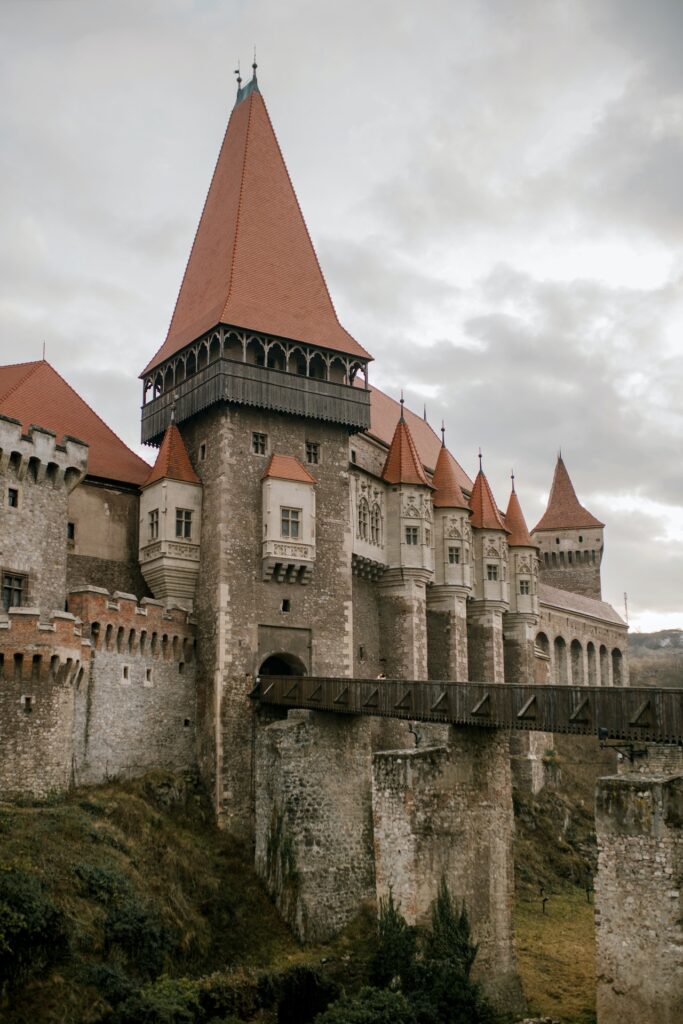About Romania
Romania is a country located at the intersection of Central and Southeastern Europe
Romania
Romania is a country located at the intersection of Central and Southeastern Europe (or the Balkan region), bordering on the Black Sea. Romania shares a border with Hungary and Serbia to the west, Ukraine and Moldova to the northeast and east, and Bulgaria to the south. At 238,400 square kilometers (92,000 sq mi), Romania is the eighth largest country of the European Union by area, and has the seventh largest population of the European Union with more than 19 million people. Its capital and biggest city is Bucharest, the 11th largest city in the EU.
The United Principalities emerged when the territories of Moldavia and Wallachia were united under Prince Alexander Ioan Cuza in 1859. In 1866 Prince Karl of Hohenzollern-Sigmaringen was called to the throne as the Ruling Prince of the Romanian Principate and in 1881 he was finally crowned as King Carol I the first monarch of the Kingdom of Romania. Independence from the Ottoman Empire was declared on 9 May 1877, and was internationally recognised the following year. At the end of World War I, Transylvania, Bukovina and Bessarabia united with the Kingdom of Romania.
World War II gave cause to the rise of a military dictatorship in Romania under fascist General Ion Antonescu, who chose to fight on the side of the Axis powers from 1941 to 1944. After his removal, Romania switched sides in 1944 and joined the Allies. By the end of the war, some formerly Romanian northeastern territories were occupied by the Soviet Union, with Red Army units stationed on Romanian soil. In 1947 Romania forcibly became a People’s Republic (1947-1965) and a member of the Warsaw Pact. In 1965 Nicolae Ceauşescu became General Secretary of the Romanian Communist Party, and the harsh austerity measures, political repression, and cult of personality he implemented led to the Socialist Republic of Romania (1965-1989) becoming the most Stalinist police state in the Eastern bloc. Eventually his authoritarian government was toppled in December 1989 during the Romanian Revolution of 1989.
With the fall of the Iron Curtain, Romania began its transition towards democracy and a capitalist market economy. After a decade of post-revolution economic problems and living-standards decline, extensive reforms fostered economic recovery. As of 2010, Romania is an upper-middle-income country with a high human development index. Romania joined NATO on 29 March 2004, and the European Union on 1 January 2007. It is also a member of the: Latin Union, Francophonie, OSCE, WTO, BSEC, United Nations, etc. Today, Romania is a unitary semi-presidential republic, in which the executive branch consists of the President and the Government.

